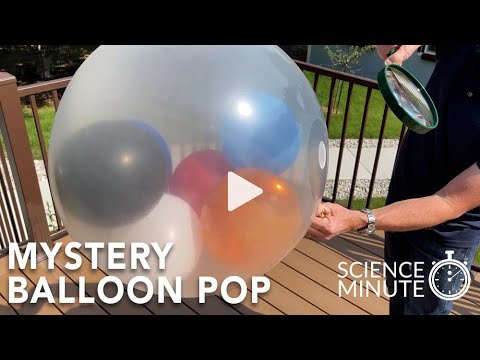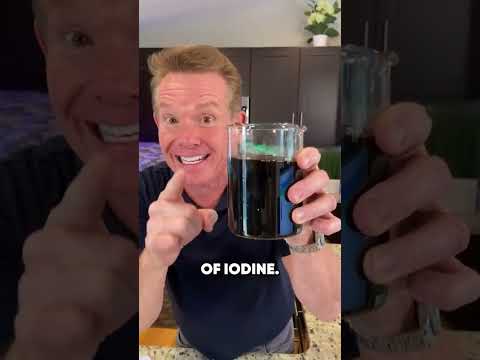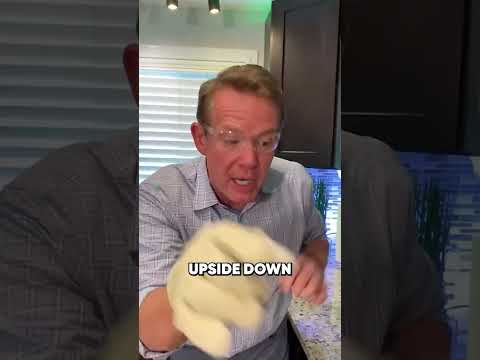Newton’s Apple – Science Short
MORE EXPERIMENTS: https://stevespangler.com/experiments/
Are you a teacher? Check out our 5E science lessons, escape rooms and my monthly LIVE professional development at https://lessons.keslerscience.com/courses/skwelcome-gift-bundle?ref=32f838
The SICK Science series is created by Steve Spangler. © 2010 Steve Spangler, Inc. All Rights Reserved
What’s Steve doing now? ► https://linktr.ee/stevespangler
Watch Steve’s syndicated television series ► https://bit.ly/2KaO0fT
Follow Steve’s Daily Posts on…
INSTAGRAM ► https://www.instagram.com/stevespangler/
FACEBOOK ► https://www.facebook.com/stevespangler
TIKTOK ► https://www.tiktok.com/@stevespangler
Steve Spangler is a bestselling author, STEM educator and Emmy award-winning television personality with more than 1,800 television appearances to his credit.
Other Channels…
The Spangler Effect ► youtube.com / thespanglereffect
Spangler Science TV ► youtube.com/ spanglersciencetv





the hard work will pay off
The impulse from hammering the stick overcomes the static friction between the apple and the stick, driving the stick down relative to the apple. Kinetic friction brings the apple to a halt and static friction can take over again. As this happens, your hand has been moving the stick back up in time for you to hit it with the hammer again. So while the stick's net position is unchanged, the apple's has moved upward.
Wow
🇮🇹👋